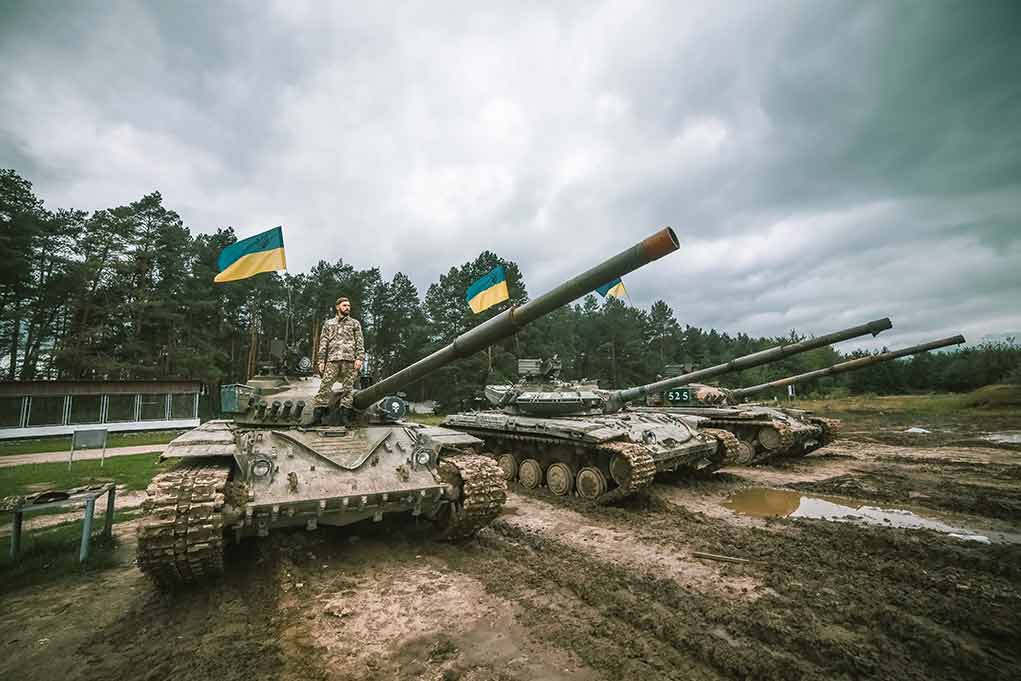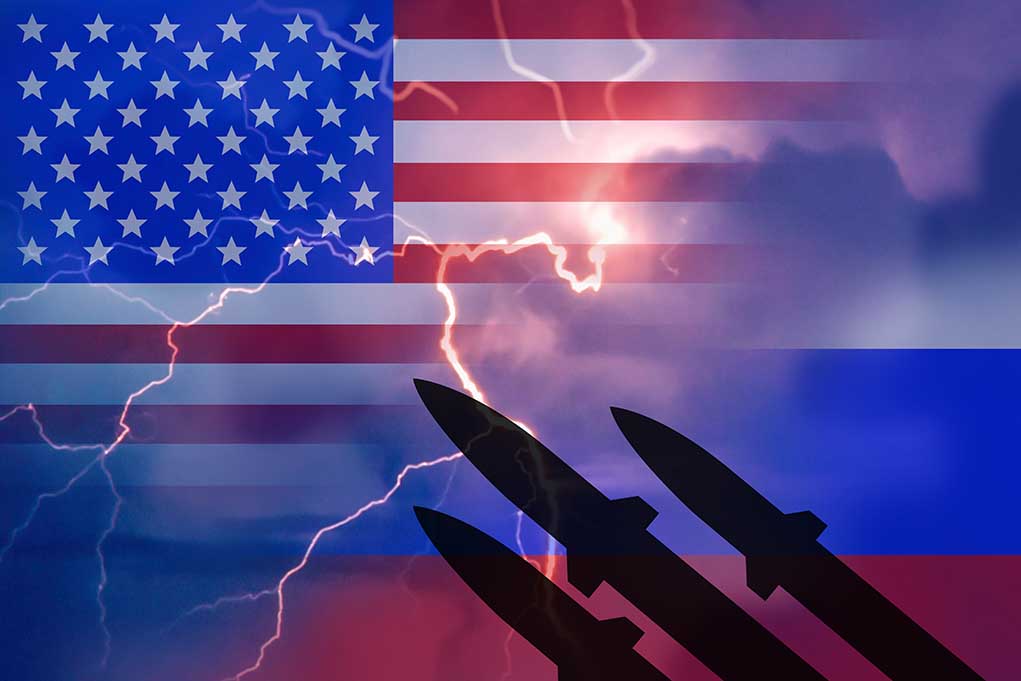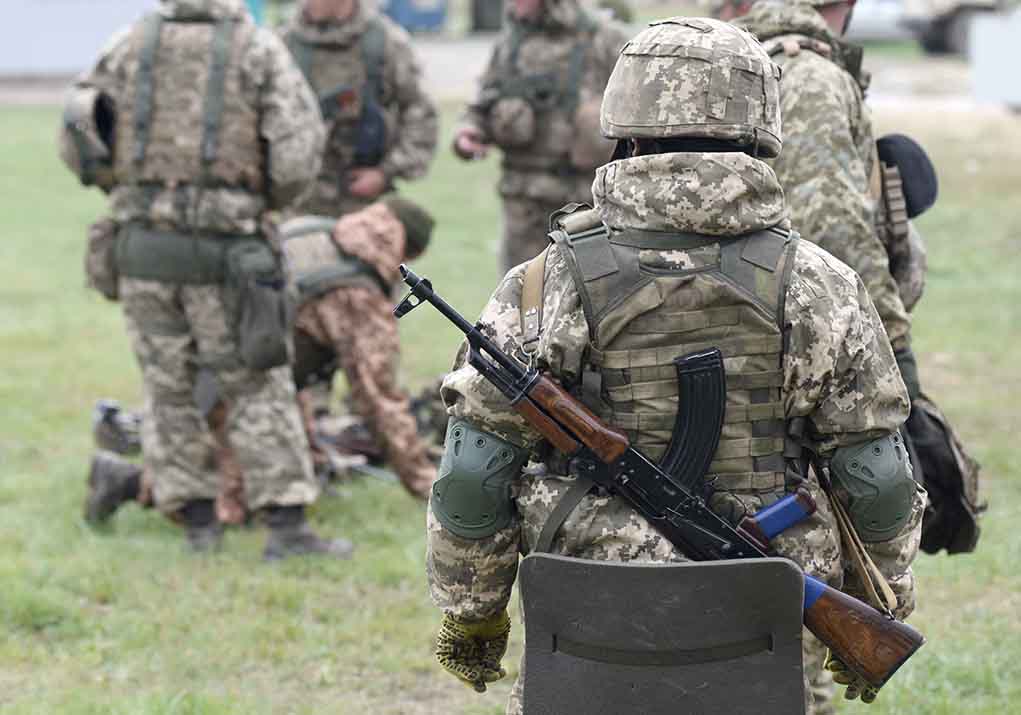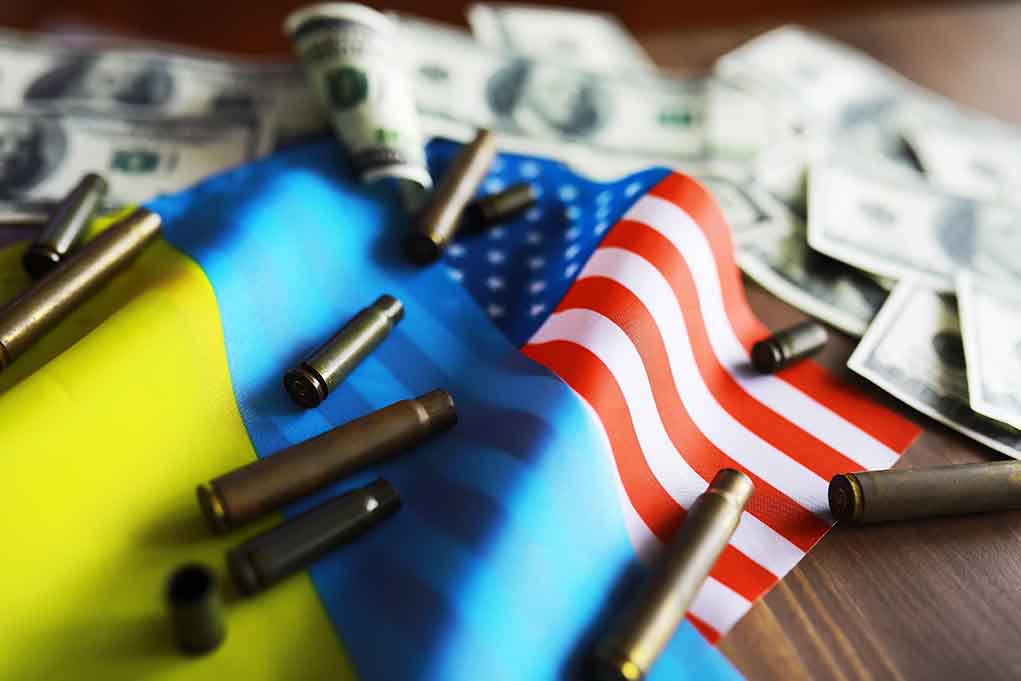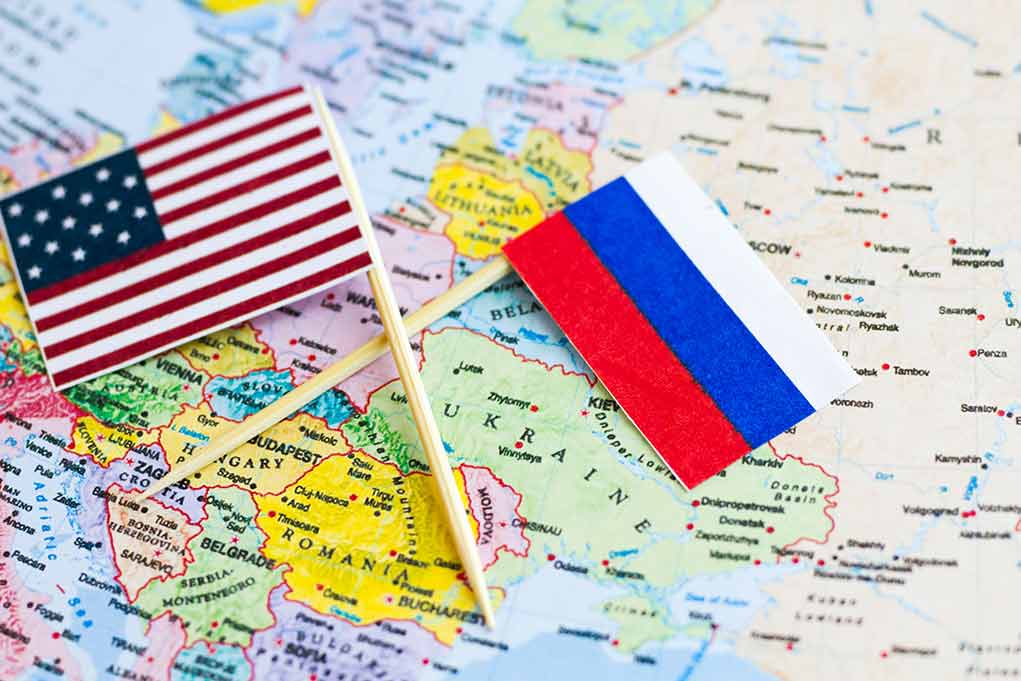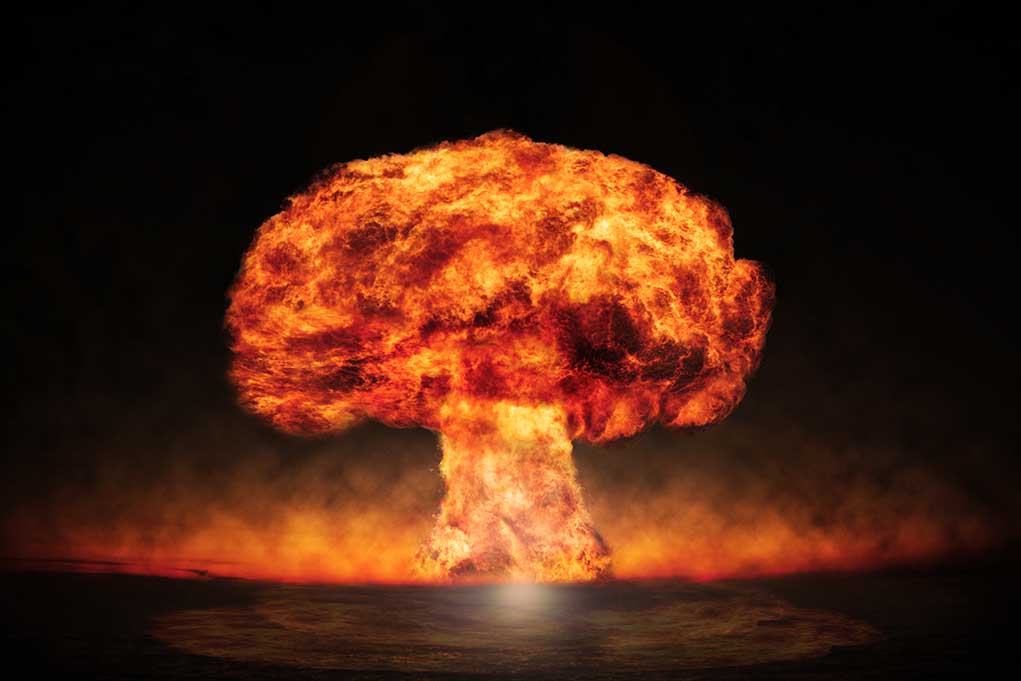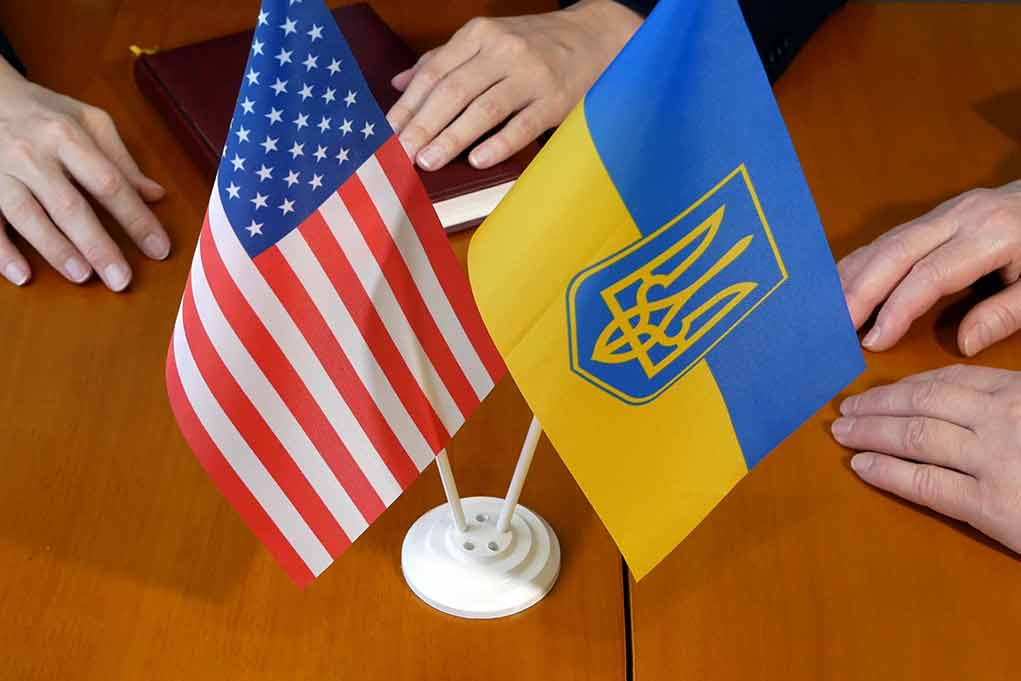
Ukrainian drone strikes are now reaching the heart of Moscow with devastating regularity, shattering Putin’s promise that Russian citizens would remain safe from the war he started.
Story Highlights
- Ukrainian drones struck Moscow repeatedly throughout 2025, including a major October 26 attack that forced airport closures
- 42,000 Moscow residents lost power in June attacks, bringing war consequences directly to Russia’s capital
- President Trump authorized US intelligence sharing on Russian targets, significantly enhancing Ukrainian strike capabilities
- Systematic targeting of Russian energy infrastructure threatens the regime’s primary revenue source
Ukraine Brings War to Putin’s Doorstep
The October 26 drone assault on Moscow represents the latest escalation in Ukraine’s strategic campaign to demonstrate that no Russian territory remains immune from consequences of Putin’s aggression. Ukrainian forces launched coordinated strikes on the capital, forcing authorities to close airports and triggering explosions across Moscow and nearby Serpukhov. This attack continues a pattern of successful penetrations of Russian air defenses that have systematically targeted critical infrastructure throughout 2025, directly contradicting Kremlin propaganda about the war’s limited impact on ordinary Russians.
Strategic Infrastructure Under Systematic Attack
Ukrainian operations have demonstrated sophisticated targeting of Russia’s economic lifelines, particularly energy infrastructure that funds Putin’s war machine. The June 1 “Operation Spiderweb” struck four Russian airbases simultaneously, including facilities over 4,000 kilometers from Ukraine’s border, claiming to destroy more than 40 Russian aircraft. Subsequent strikes on the Kirzhach arsenal eliminated over 100,000 tons of stored weapons, while attacks on oil refineries in Ryazan, Novokuybyshevsk, and Makhachkala have disrupted Russia’s refining capacity and export revenues.
Trump Administration Enables Deep Strike Capabilities
President Trump’s October decision to authorize US intelligence sharing on targets deep inside Russia marked a crucial strategic shift that directly enhanced Ukrainian strike effectiveness. This policy change, combined with sanctions against Russia’s largest oil companies Rosneft and Lukoil, demonstrates the administration’s commitment to supporting Ukraine’s ability to bring consequences directly to Russian territory. The intelligence support has enabled more precise targeting of critical infrastructure nodes, maximizing damage to Russia’s war-supporting economy while minimizing collateral effects.
The geographic scope of successful Ukrainian strikes—spanning from Moscow to Chelyabinsk Oblast over 1,400 kilometers eastward—indicates either remarkable long-range drone capabilities or sophisticated networks operating within Russian territory. Evidence suggests Ukrainian forces have established operational capacity near targeted facilities, enabling coordinated strikes that consistently penetrate Russian air defenses despite claims of successful interceptions by Moscow officials.
Putin’s Failing Air Defense Narrative
Russian authorities consistently claim successful interception of Ukrainian drones, with Moscow Mayor Sergei Sobyanin reporting 44 drones shot down during September attacks. However, documented damage to facilities, confirmed casualties including 10 killed at the Plastmass munitions plant, and satellite verification of massive fires contradict these defensive claims. The frequency of successful strikes on high-value targets demonstrates that Ukrainian operations are achieving their objectives despite Russian countermeasures, exposing the regime’s inability to protect even its most critical infrastructure.
Russian air defenses protect the Kremlin as explosions rock Moscow pic.twitter.com/Ek8qFQby0U
— Devana 🇺🇦 (@DevanaUkraine) October 26, 2025
These operations serve dual purposes: degrading Russia’s military-industrial capacity while demonstrating to Russian citizens that their government cannot shield them from the war’s consequences. The psychological impact of bringing explosions and power outages to Moscow—affecting 42,000 residents in June alone—directly challenges Putin’s narrative that the “special military operation” proceeds without domestic costs, potentially undermining popular support for continued aggression against Ukraine.
Sources:
Timeline of the Russo-Ukrainian war (1 June 2025 – 31 August 2025)
Satellite data shows massive fire following Russian arsenal explosion
Timeline of the Russo-Ukrainian war (1 September 2025 – present)
Russia claims 44 drones shot down near Moscow in one night and the attack isn’t over yet
Russian Offensive Campaign Assessment, June 3, 2025
Ukraine launches major drone attack on Moscow; Russia closes airports, shoots down 28 drones


